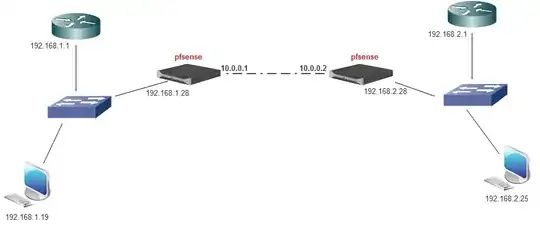This question is motivated by the example given near the end of Cisco's article on Subnet Zero and the All-Ones Subnet (from the subsection titled The All-Ones Subnet), but I include all necessary details here.
Suppose we have a router A connected to the rest of the network/internet with (arbitrary) network address and mask 195.1.2.0/24, and suppose we want four routers connected to this one router (and not the rest of the network), named W, X, Y, and Z and each with one quarter of this allocation of IPs. These would be of the form 195.1.2.{0,64,128,192}/26.
If Router A is sent a packet with destination 195.1.2.255, Router A would forward this to router Z (as it lies in router Z's range), which has broadcast address 195.1.2.255, and hence broadcasts the message up to router A. Would this then be sent back to router Z, resulting in a routing loop?
Cisco's article suggests that this is avoided with the correct maskings (24 and 26) but, if all maskings are (incorrectly) 24, this routing loop occurs. Why?
Below is an image of the organisation of the routers, by Cisco and from the above link.
